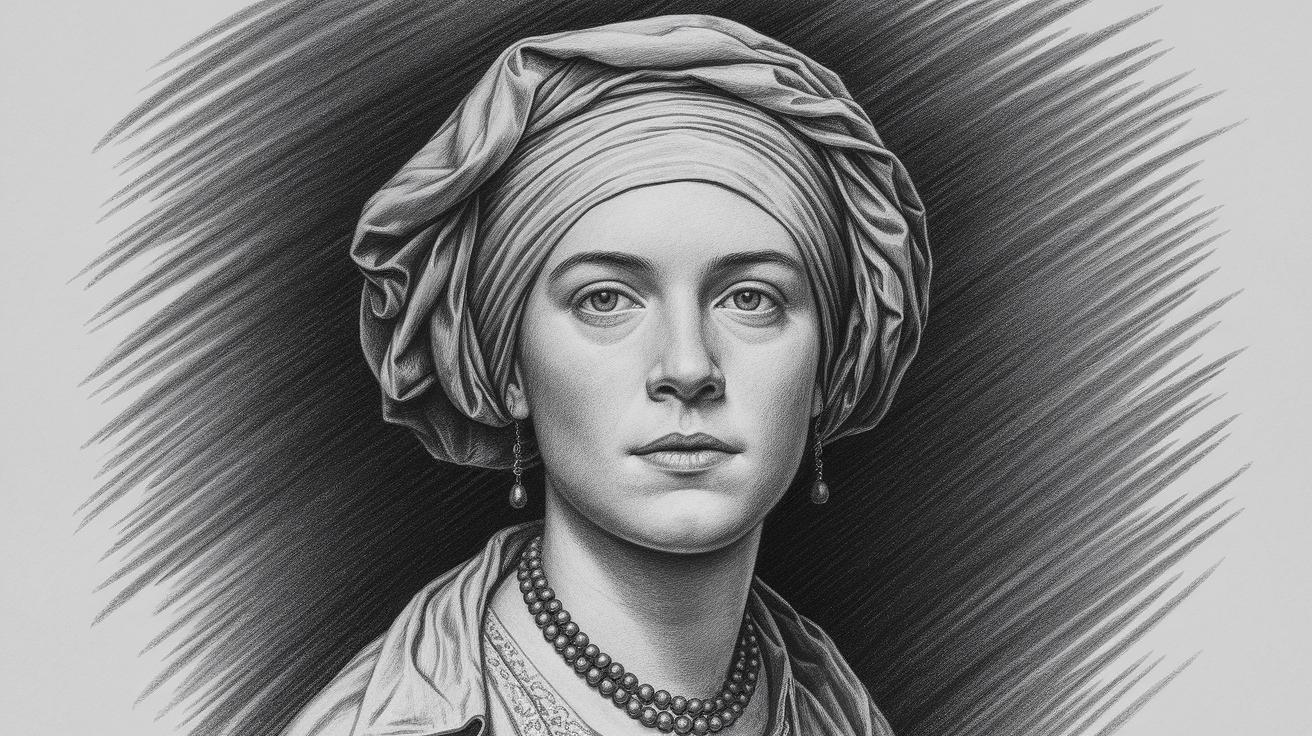Exploring the Nuances of Charcoal Hyper Realistic Drawing
Charcoal drawing stands at the crossroads of tradition and innovation, offering artists a dynamic medium to push the boundaries of realism. This article delves into the meticulous practice of charcoal hyper-realistic drawing, a technique that demands precision, patience, and a deep understanding of anatomy, light, and shadow. Through structured challenges and artistic exercises, from drawing birds to flowers, each subheading showcases key strategies and skills integral to mastering this art form. Building foundational skills through value design, subtleties of indication over illustration, and nuanced representation of life objects culminates in the creation of remarkable masterpieces that captivate the viewer’s eye and imagination.
10-Minute Thumbnail Sketch Challenge: Birds
The 10-minute thumbnail sketch challenge is a favorite among artists looking to cultivate their skills in rendering lifelike birds. This exercise is not only a study in capturing the unique anatomy and gestures of birds but also a test of efficiency, requiring artists to convey maximum information with minimal strokes.
Working within such a confined timeframe encourages quick decision-making and hones the artist’s ability to simplify complex shapes into recognizable forms. By focusing on the essential features, such as the distinct curvature of a bird’s beak or the intricate patterns of plumage, artists learn to trust their instincts and develop their own unique shorthand for capturing the essence of their avian subjects.
A Floral Spotlight: Each Iris Has Its Own Personality
When it comes to drawing florals in charcoal, the iris offers an exceptional study in texture and elegance. Each iris has its own personality expressed through the interplay of light and shadow across its delicate petals and complex structures. Rendering an iris demands an intimate understanding of its anatomy and characteristics.
Capturing the distinct bending and veining of each petal requires a meticulous approach, where the artist must pay acute attention to subtle variances and tonal shifts. By intricately detailing these aspects, an artist can breathe life into their charcoal depiction, imbuing the static image with the fluid grace and natural beauty inherent to the iris.
Starting a Painting with Design and Values
The initial stages of a charcoal drawing are crucial in setting the foundation for depth and dimensionality. Starting a painting with a focus on design and values establishes the framework necessary for hyper-realism. This practice involves creating a dynamic composition that not only captures the viewer’s attention but also guides the eye through the artwork.
Prioritizing the balance of light and dark areas, known as values, helps in establishing a realistic portrayal that adheres to the physical rules of lighting. It is here that artists can manipulate contrast and shading to add layers of complexity and interest to their work, ultimately creating a piece that resonates with realism and vitality.
Indicate, Don’t Illustrate
A common adage among artists striving for hyper-realism is to ‘indicate, don’t illustrate.’ This philosophy focuses on capturing the essence of the subject without overwhelming it with unnecessary detail. In charcoal drawing, this means using the medium’s potential for subtle gradations and soft edges to suggest form and texture, rather than meticulously detailing every aspect.
By implying rather than defining, artists create an immersive experience for the viewer, engaging their imagination to fill in the gaps. This approach not only enriches the visual narrative but also fosters a deeper connection between the viewer and the artwork, as they become active participants in the interpretation of the piece.
Painting of the Week: “Old Copper and Fruit”
This week’s spotlight painting, “Old Copper and Fruit,” demonstrates the effective use of charcoal in rendering still life with hyper-realistic precision. The artwork is a testament to mastering texture and sheen, capturing the tactile qualities of aged copper and the ripeness of fruit with striking detail.
The artist skillfully balances the composition, using contrasting textures and reflective qualities to create a harmonious and engaging pictorial space. Through controlled application of charcoal’s various tones, “Old Copper and Fruit” not only showcases the artist’s technical prowess but also their ability to awaken sensory experiences in the viewer with every stroke.
| Topic | Key Points |
|---|---|
| 10-Minute Thumbnail Sketch Challenge: Birds | Encourages quick decision-making; focuses on essential features for efficient rendering. |
| A Floral Spotlight: Each Iris Has Its Own Personality | Highlights the unique characteristics and anatomy of irises; importance of detail in capturing essence. |
| Starting a Painting with Design and Values | Emphasizes composition and value balance as foundations for hyper-realism. |
| Indicate, Don’t Illustrate | Suggests form and texture through subtle gradation; engages viewer imagination. |
| Painting of the Week: “Old Copper and Fruit” | Demonstrates textural mastery and composition; balances contrasting elements effectively. |


